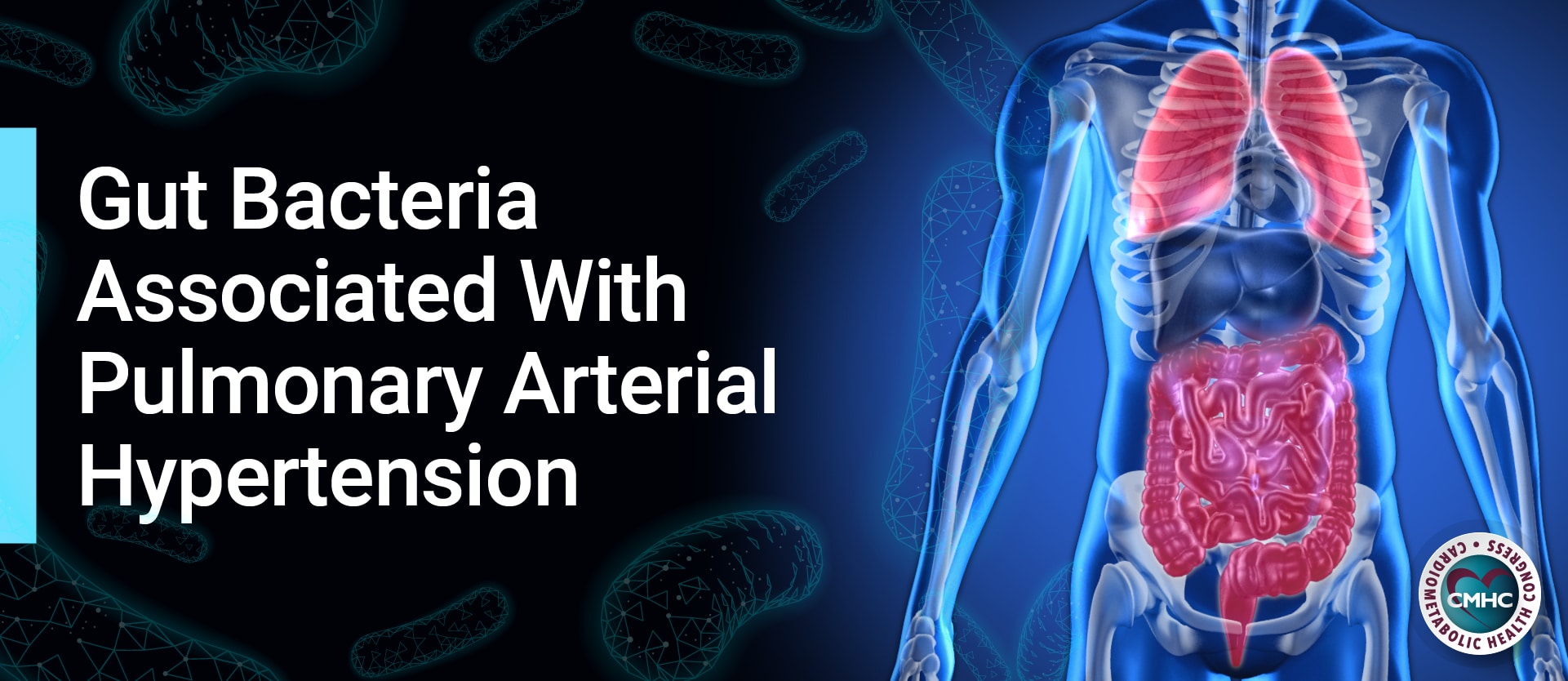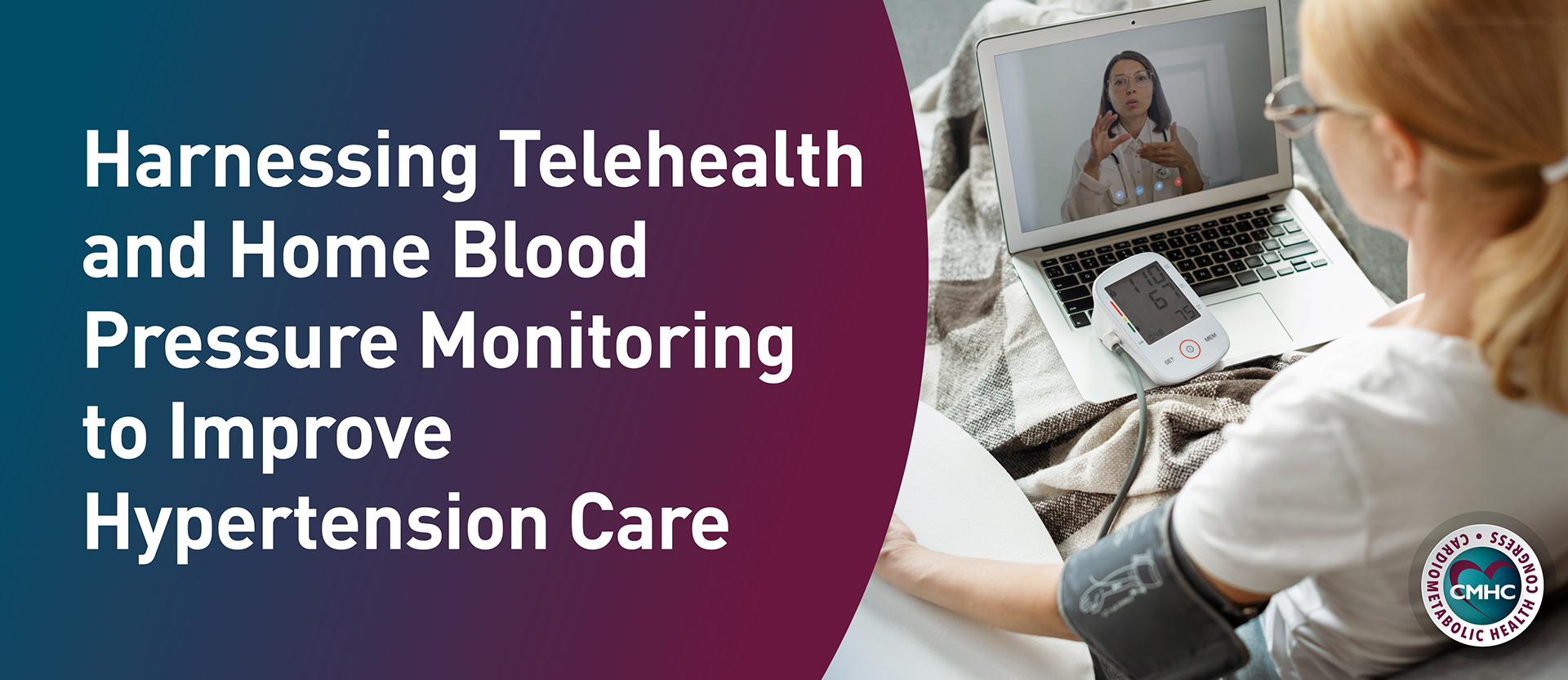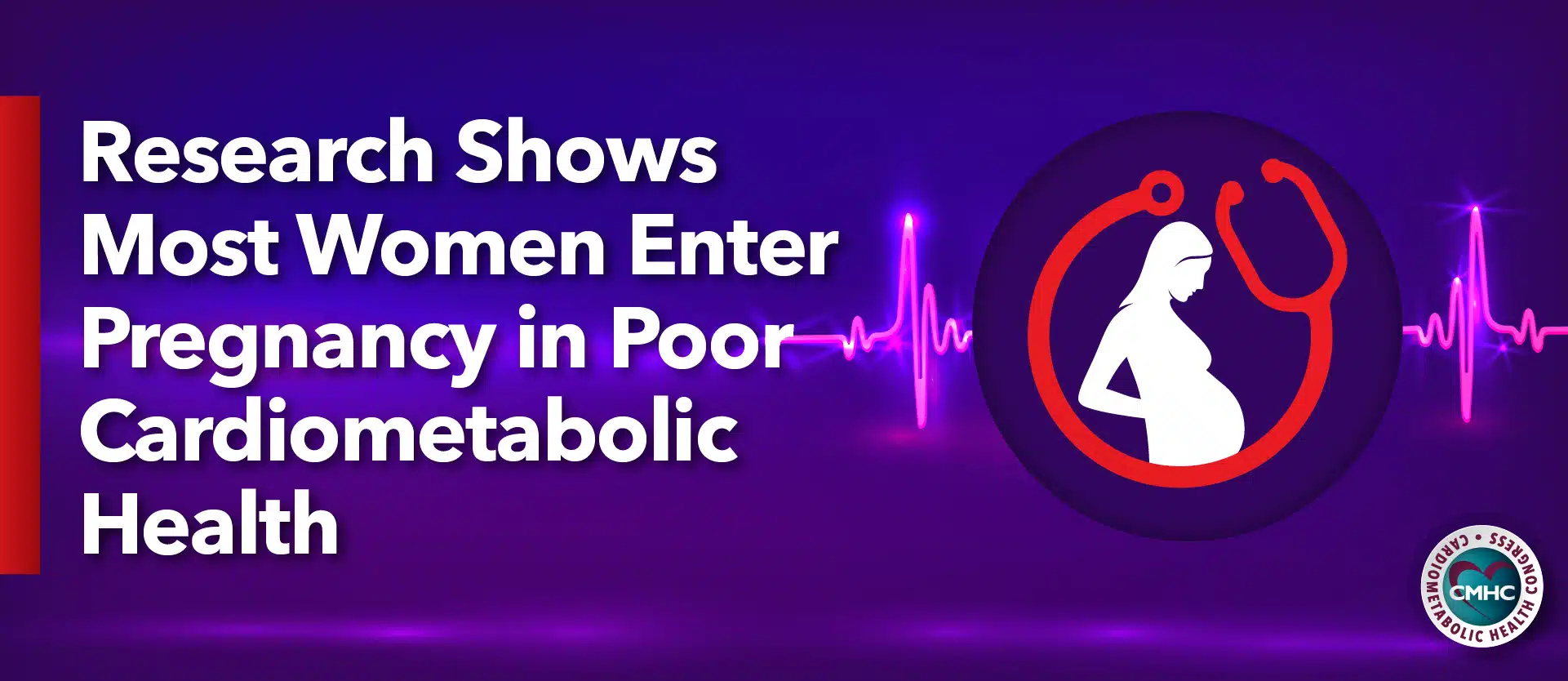Resulting in shortness of breath, heart palpitations, and fatigue, pulmonary arterial hypertension (PAH) puts patients at an increased risk of several adverse health outcomes, including right-sided heart failure. Although the condition is much less common in the population than elevated systemic blood pressure, it can have devastating effects as a systemic disease putting multiple organs at risk. Yet despite significant research efforts, limited progress has been made in preventing or halting the progression of pulmonary arterial hypertension.
With increasing knowledge of the connections between the gut, its microbiome, and multiple vital biological functions, evidence continues to emerge implicating the role of the gut in the development of several chronic diseases. In previous studies, a variety of different gut microbiota profiles have been linked to several cardiovascular diseases – hypertension included. Now, a recent study reveals initial evidence of the gut bacteria relationship to pulmonary arterial hypertension.
New research published this week in the American Heart Association’s journal Hypertension, has found that specific microbiota profiles are able to predict the presence of pulmonary arterial hypertension with up to 83% accuracy. The results identified a specific collection of bacteria found in the gut that may contribute to and predict the development of pulmonary arterial hypertension (PAH).
Altered Gut Microbiome Profile
Led by Mohan Raizada, PhD, professor of physiology and functional genomics at the University of Florida College of Medicine, a team of researchers tested stool samples collected from 30 participants to determine whether any gut microbiota changes could be observed in individuals with PAH. Of the trial subjects, 18 had pulmonary arterial hypertension and 12 had no history of cardiopulmonary disease.
Researchers isolated and sequenced microbiota DNA from the stool samples, evaluating for differences between results from the two cohorts. Testing revealed that there was a group of bacteria unique to PAH patients that were specifically associated with the condition. Although gut microbiota profiles are believed to be in a constant state of flux, researchers noted that the specific grouping associated with PAH is unique and does not seem to change.
Implications of Findings
Providing the first evidence of the presence of specific gut bacteria in patients with PAH, the latest findings may have significant implications on future treatment and care practices. Researchers noted that they were surprised to see such an association within the small sample cohort, explaining that “it usually requires hundreds of patients to achieve such significance.” This may point to the high prevalence of the gut microbiota profile among patients with PAH. Results need to be validated by a larger study; however, the current findings indicate the potential of new methods for early diagnosis of PAH – possibly offering respite from the invasive heart catheterization used today.
Currently available treatments for PAH focus on the lungs. Investigating the lung-gut axis may open new therapies focused on the digestive system instead. As new forms of treatment may emerge focused on altering the microbiome, they may soon offer new hope for halting disease progression.
Forthcoming research will also investigate the impact of gut microbiota profiles on the lung health of PAH patients and aim to determine whether specific microbiota profiles are the cause or result of the disease. “We do not know if and how gut bacteria and viruses make their way to the lungs,” Dr. Raizada told ScienceBlog. “Some studies have pointed to an increased incidence in intestinal leakage among people with pulmonary hypertension, which may allow some intestinal bacteria to get into the bloodstream and circulate to the lungs where they can cause inflammation and lead to vascular changes.”
Although PAH is a rare condition compared with hypertension – affecting between 500 and 1000 new patients in the United States per year – patients tend to have a poor long-term prognosis with a very high mortality rate of 40%. In this case, the latest findings may provide an opportunity for less invasive testing for PAH in turn, facilitating early detection which can help guarantee timely treatment and increase the likelihood of positive health outcomes.








